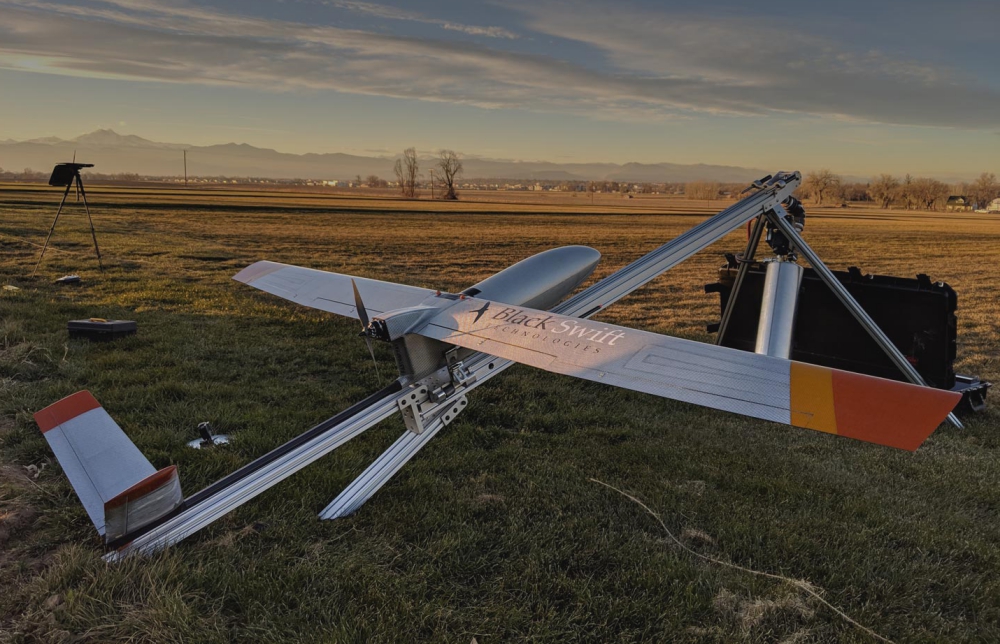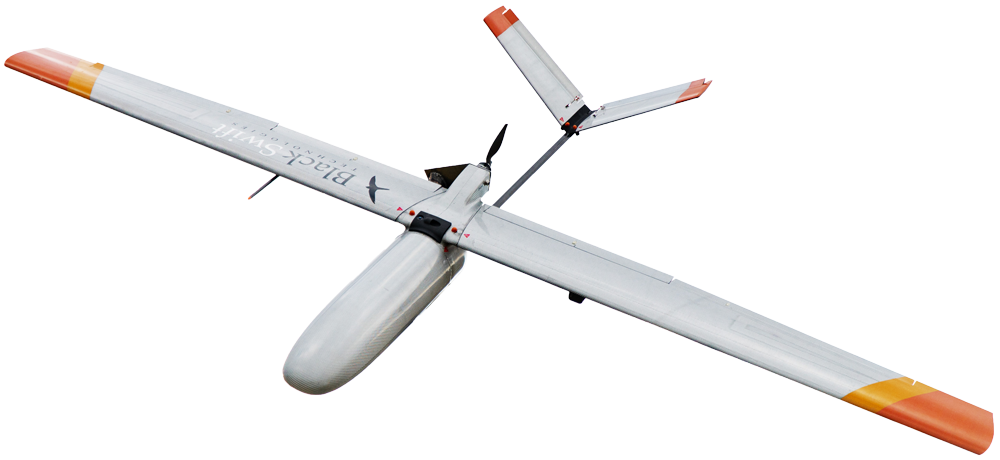, a Boulder, Colorado-based specialized engineering firm, just hit its 10th anniversary of delivering reliable, robust, and highly accurate small UAS built for flights in the most extreme, demanding and austere conditions on earth…and beyond.
Its purpose-built aerial platforms support a variety of specialized atmospheric missions, including monitoring and assessing wildland fires, volcanoes, tornadoes, hurricanes and more.
Jack Elston and Maciej Stachura, who both received their doctoral degrees at the University of Colorado Boulder (CU), founded the company in 2011 based on their initial work designing UAS to collect data in supercell thunderstorms, as part of one of the largest tornado chasing teams ever assembled. These violent storm systems routinely involve lightning, thunder, heavy rain, hail, strong winds and sudden changes in temperatures. They sometimes spawn deadly tornadoes.
Funded by the National Science Foundation, this VORTEX 2 campaign involved several different universities with the goal of gathering detailed information to aid in understanding tornadogenesis, or what triggers some supercell storms to develop tornadoes.
The CU team, led by Dr. Brian Argrow, was tasked with designing a first-of-its-kind unmanned aircraft system capable of flying into rear-flank downdrafts. These clear air storm sections were not otherwise measureable by balloons or manned aircraft due to lack of radar visibility and associated strong winds.
Elston and Stachura built the team’s platform from the ground up. Modifying existing Department of Defense heritage platforms, their system included hardware, complex mesh network, control algorithms and user interface. Resilient enough to travel beyond visual line of sight (BVLOS) up to 30 miles, at nearly 135 mph relative to the ground, in 40mph updrafts, in significant rain deluges, while dodging baseball-sized hail, this initial prototype survived 72 flights with zero incidents.
The data they collected, when combined with that from a host of other sensors (radar trucks, ground based pods, etc.) ultimately helped improve storm forecast models. The accuracy of these models are essential in the effort to increase both the warning time for tornadoes as well as the accuracy of the warnings by reducing false positives.
Elston’s later postdoctoral work centered around making use of the winds around these storms to extend UAS mission length through energy harvesting techniques.
These experiences inspired the creation of Black Swift. Elston recalls,
“Black Swift literally started in my living room. At the time, Maciej and I had just finished up the tornado-chasing research at CU and were unhappy with the state of the autopilot system. So we set out to build a better one.” So they did.
Black Swift then leveraged its initial funding round, provided by NASA to develop a UAS version of a soil moisture sensor, to design its own aircraft, the S2 UAS. Built around carrying the unique soil moisture sensor, the S2’s payload-centric design became the company’s signature workhorse.
With the capability to carry 5lbs in a relatively large volume (8″ in diameter and 2′ long), the S2 can fly at 40kts for 90 minutes at 6,000ft MSL. Its avionics setup is modular and integrated. Each component has an intelligent board associated with it, which is connected over a robust onboard bus system. This allows for easy system configuration through the plug-and-play of other components, redundancy and subsystem/sensor monitoring and lifetime tracking and updating.
Black Swift also deliberately designed the S2 aircraft for extreme missions. Operators can assemble it without the use of tools, an essential feature in minus 20 degree weather that obviates the need to expose skin to the elements. On the opposite end of the spectrum, the aircraft’s highly reflective design keeps payloads cool in very hot conditions, having been so far tested for operations at 115 degrees Fahrenheit. Among other features, it also packs down into cases for transport on commercial aviation, alleviating delays often associated with container shipment deliveries.
Since designing the S2, Black Swift has expanded its technology portfolio based on its experiences flying other extreme projects across all seven continents. Those projects span from volcano and hurricane observations, to wildfire overflights and arctic atmospheric samplings.
For example, the team’s 4 ground-breaking volcano overflight missions acquired sufficient high-resolution imagery to spot key changes from recent volcanic activity. It also demonstrated the capacity of gas sensors to detect the hallmark volcanic gases that signal the onset of potentially new life-threatening volcanic activity.
“These flights proved the S2 UAS can not only survive the harsh environment surrounding stratovolcanoes, but that it can automatically make mission decisions to keep the aircraft out of harm’s way,”
said Elston. The S2 avoided headwinds above 50 kts and downdrafts above 1600 ft/min.
Using this new tool, scientists can now alert local and aviation communities to oncoming signs of danger. (For a deeper dive, see Elston’s November 2021 UAS Colorado presentation on the company’s volcano research here).
The company’s more recently configured UAS for hurricane observations will be tube-launched from a P3 aircraft. It has onboard machine vision for low altitude flights in GPS denied environments.
“We’re currently still in the testing and design phase of the hurricane project as part of a Phase II Small Business Innovative Research grant (SBIR) with NOAA,” noted Stachura. “Hopefully we’ll have vehicles ready for use as part of next year’s storm season.”
The goal is to provide data to better predict the direction and magnitude of hurricanes to increase warning times before landfall.
The company’s ever-expanding cutting edge commercially available line of aircraft and sensor suites serve customers including NASA, NOAA, National Park Service, US Department of the Interior, leading research institutions including University of Colorado – Boulder and University of Tennessee Space Institute (UTSI), as well as corporations globally.
“Our expertise continues to be in demand, and we’re developing a lot of great new technologies, including even designing a glider for the upper atmosphere of Venus,” Elston explained.
NASA selected the Black Swift team to examine the feasibility of a pathfinder mission to explore the convective-like atmosphere above Venus’ clouds using dynamic soaring (the same Albatross uses to cross large bodies of water without flapping their wings) to keep an unmanned glider aloft there for a month or longer.
Black Swift was also recently recognized as one of the Top 50 Companies to Watch in Colorado.
As for what’s next, the company recently secured funding to develop the commercial version of its tube-launched UAS for hurricane observations, which will be a focus area for the next few years.
“We also continue to innovate to provide the best in class solution for UAS for operations in difficult conditions,” noted Elston. “We have several funded projects to provide soil moisture observations for the USGS and are working to make both wildfire and volcano observations something that’s both routine and frequent.”


